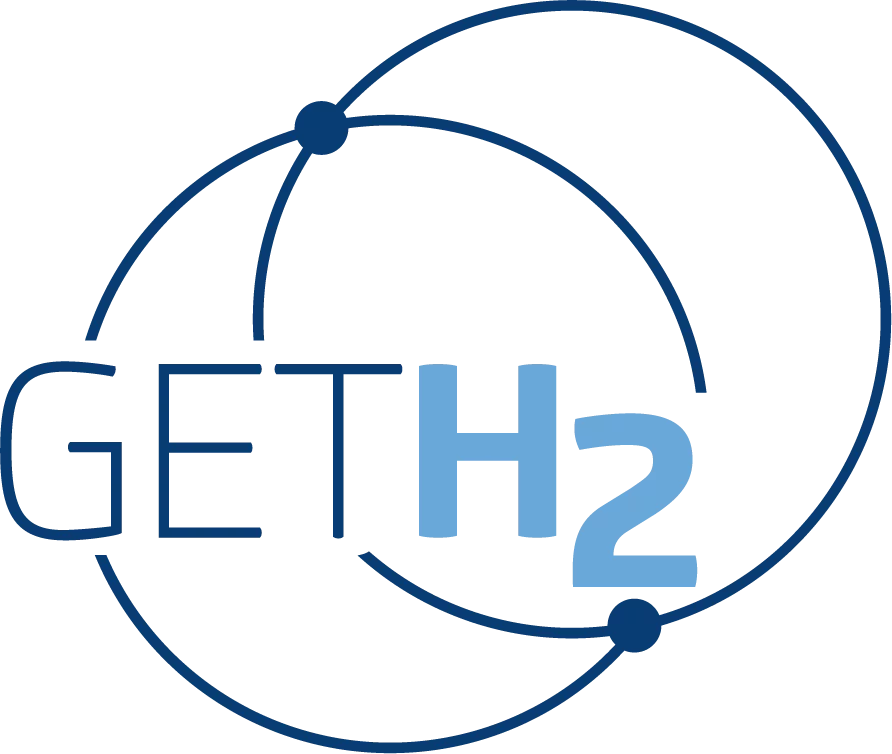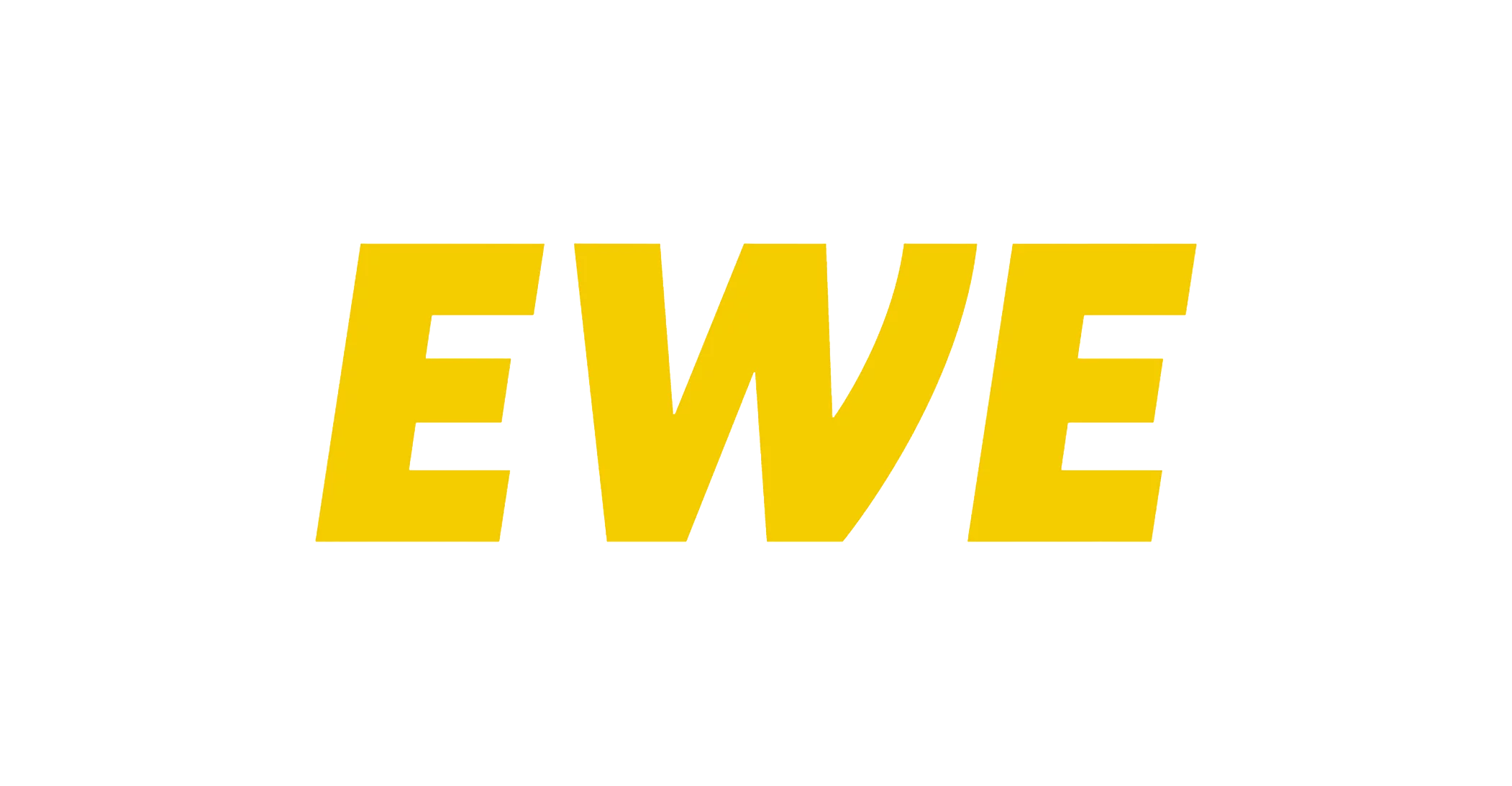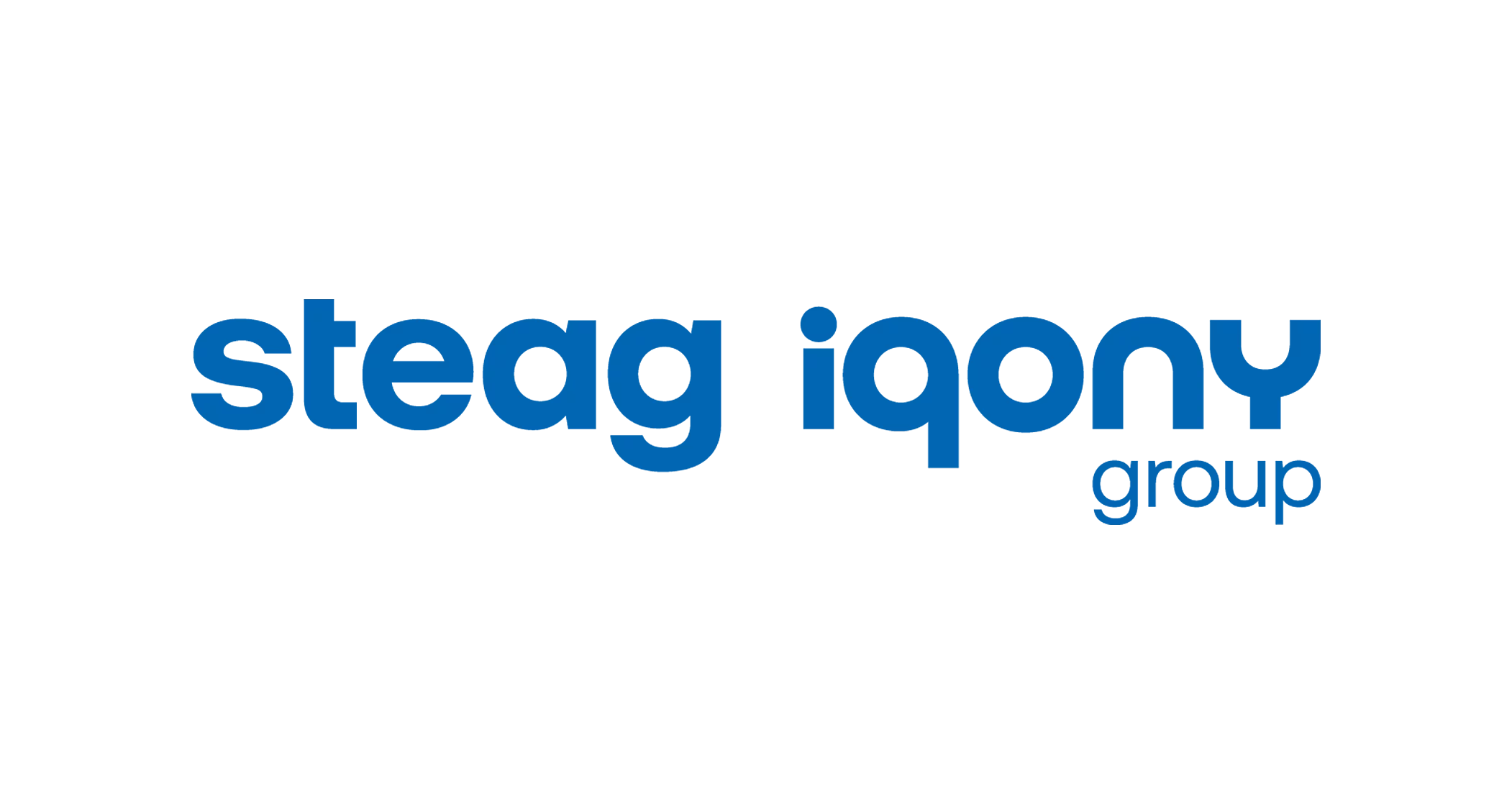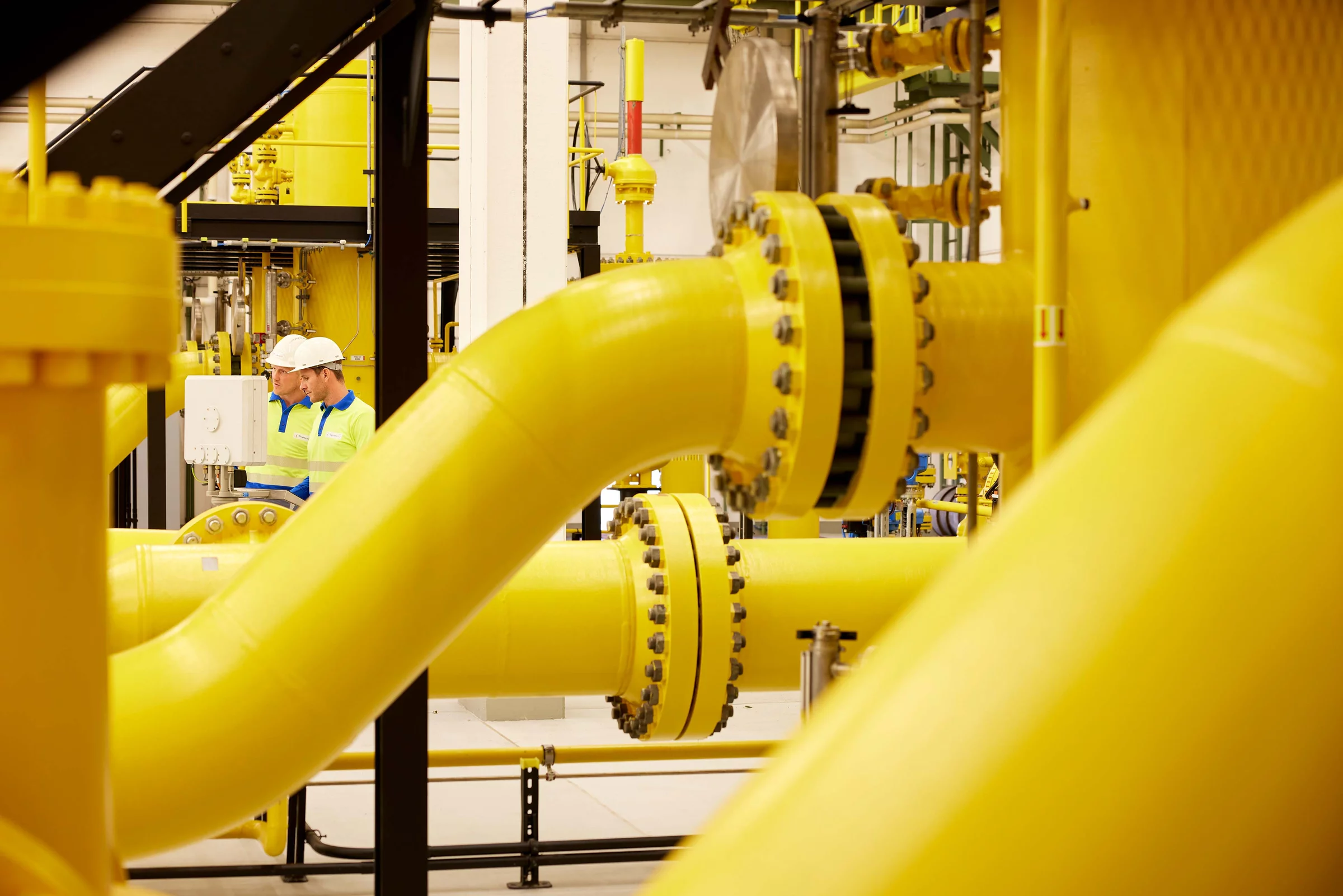
Hydrogen
We are H2-ready
Hydrogen is undoubtedly the energy source of the future. It can make a significant contribution to security of supply in Germany and accelerate the decarbonisation of the energy world.
A comprehensive, efficient and safe infrastructure is needed to transport it to where it is needed. We are convinced that our long-distance pipeline network can also perform precisely this function for hydrogen: around 4,400 kilometres, widely ramified in western Germany, located in the immediate vicinity of numerous wind and solar parks as well as industrial sites and ready to receive and transport green gases without major adjustments.
The Thyssengas network can be converted for H2 transport with little effort. This is how we are paving the way for the gradual transition to hydrogen transport.
Our H2 network
Natural gas today, hydrogen tomorrow
Our goal is to become one of the leading network operators for the transport of hydrogen and other green gases. To achieve this, we are gradually realising a demand-oriented and efficient Thyssengas H2 network with a focus on North Rhine-Westphalia and Lower Saxony.
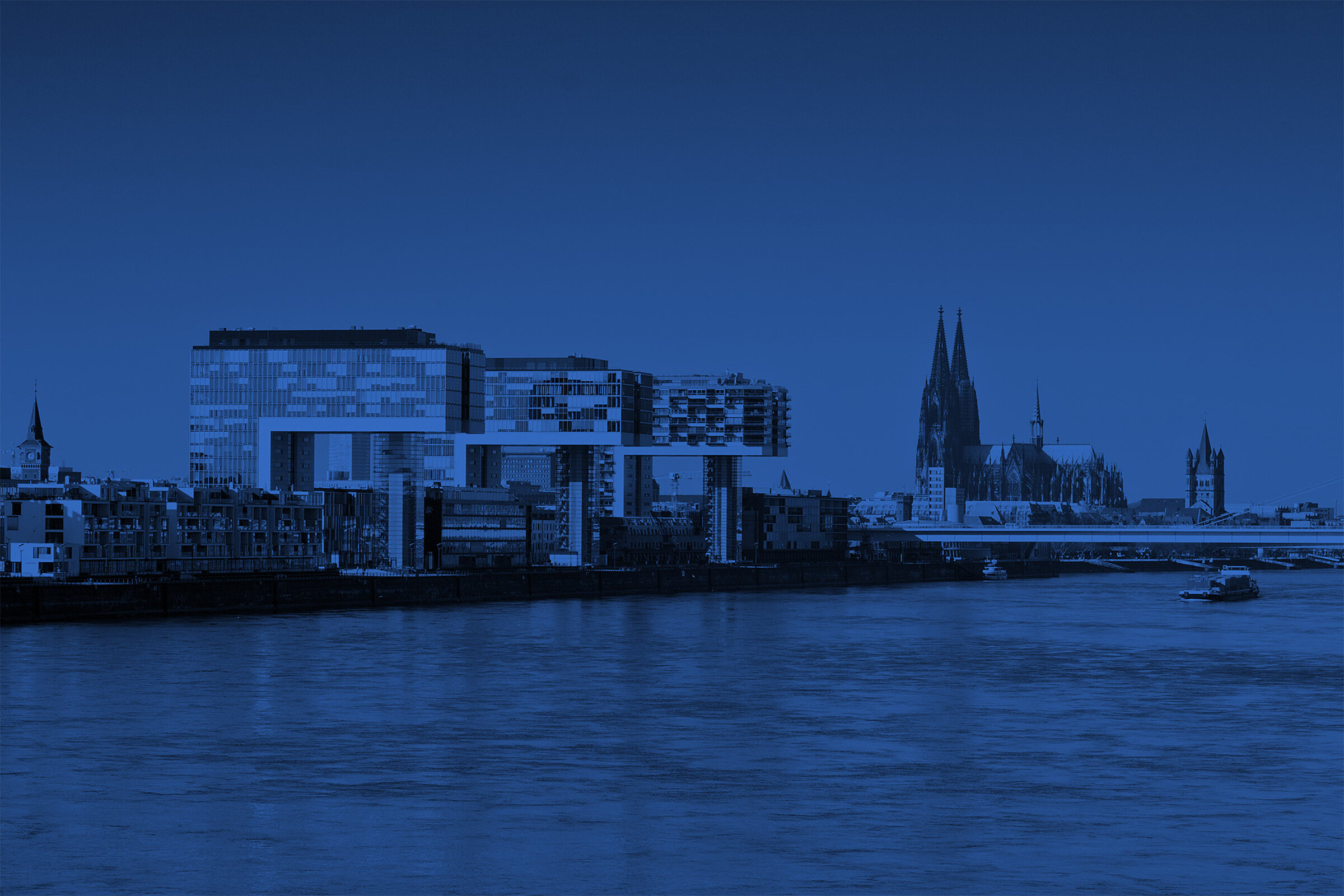
H2 clusters
Regional clusters as regions of potential.
We want to reliably supply the first customers with hydrogen by 2032. We have identified seven regional hydrogen clusters based on market surveys and close discussions with customers and market participants on site.
In the pipeline
Our hydrogen projects
We are involved in around 35 new construction and conversion projects with a total of around 1,100 kilometres of pipeline as part of the nationwide H2 core network. Our aim is to connect industry and SMEs in our network area in North Rhine-Westphalia and Lower Saxony and make an important contribution to the decarbonisation of energy-intensive sectors of the economy.

Hüthum-Praest
On the Lower Rhine in the Kleve district, we are converting around 14 kilometres of a natural gas pipeline to transport hydrogen.
Read more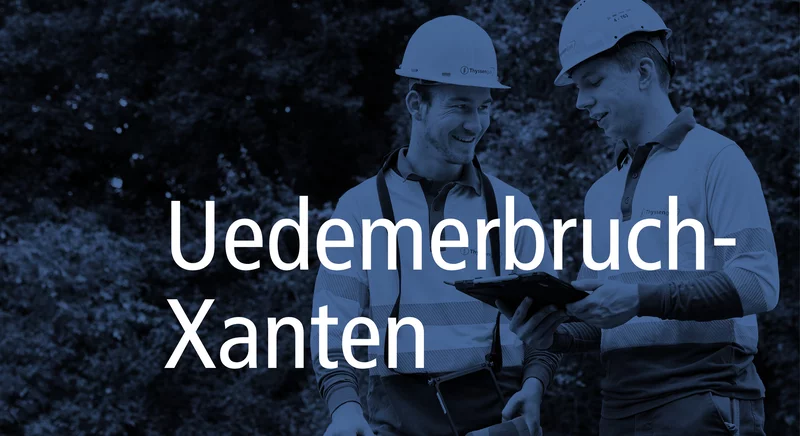
Uedemerbruch-Xanten
We are connecting the districts of Kleve and Wesel to the Germany-wide hydrogen network via an H2 pipeline system around 10 kilometres long.
Read more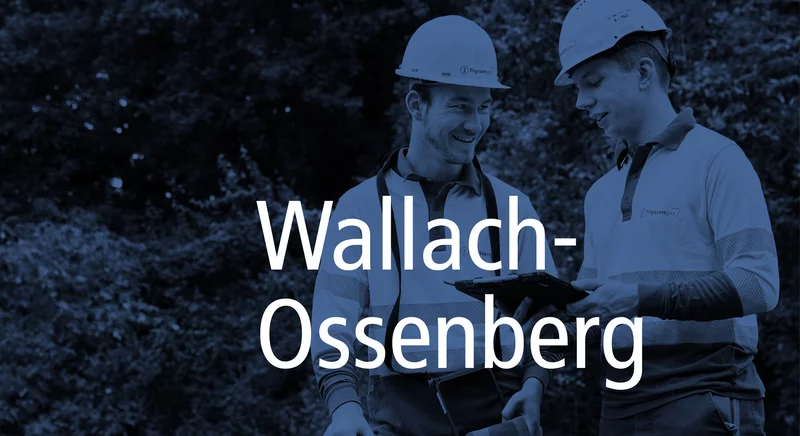
Wallach-Ossenberg
We are connecting Rheinberg directly to the Germany-wide H2 core network via our new H2 pipelines between Xanten and Voerde.
Read more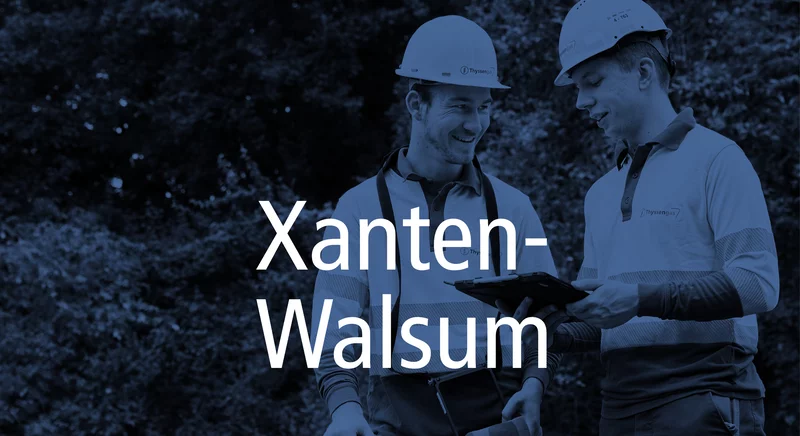
Xanten-Walsum
On the Lower Rhine, we are creating a direct connection to the central transport corridor from the Netherlands through conversions and new…
Read more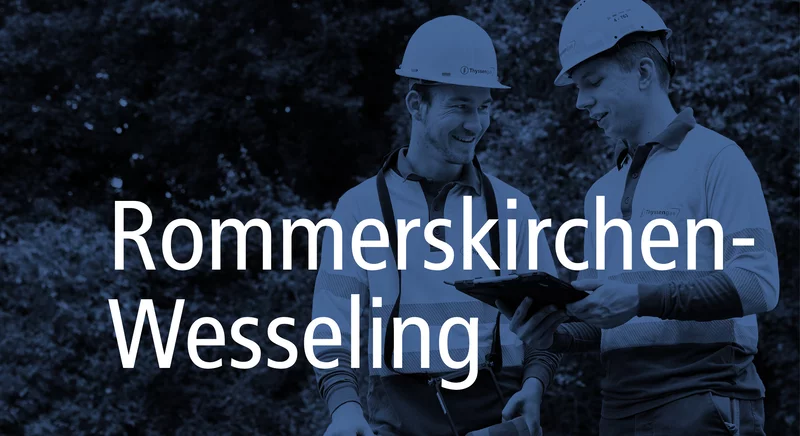
Rommerskirchen-Wesseling
Between Hoeningen (Rommerskirchen) and Wesseling, we will be implementing a system of hydrogen pipelines over 46 kilometres long by the beginning of…
Read more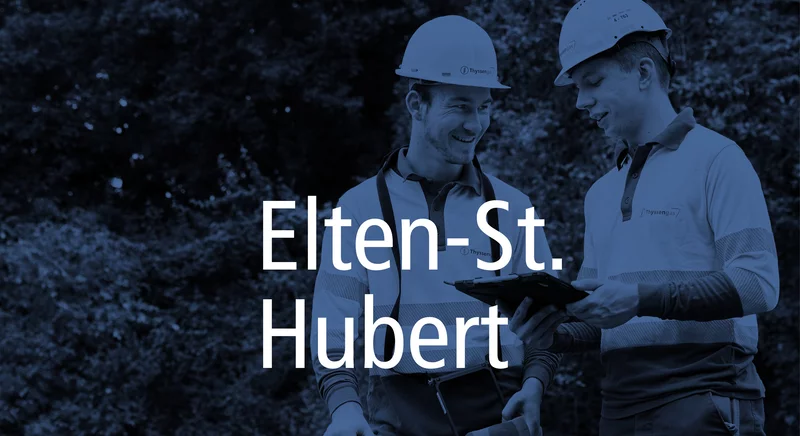
Elten-St.Hubert
By converting a 68 km long natural gas pipeline, we are enabling the transport of large quantities of H2 from the Netherlands to the Ruhr region.
Read more
Coesfeld-Rinkerode
We are connecting Münsterland and Westphalia to the "hydrogen motorways" of the emerging Germany-wide H2 core network.
Read more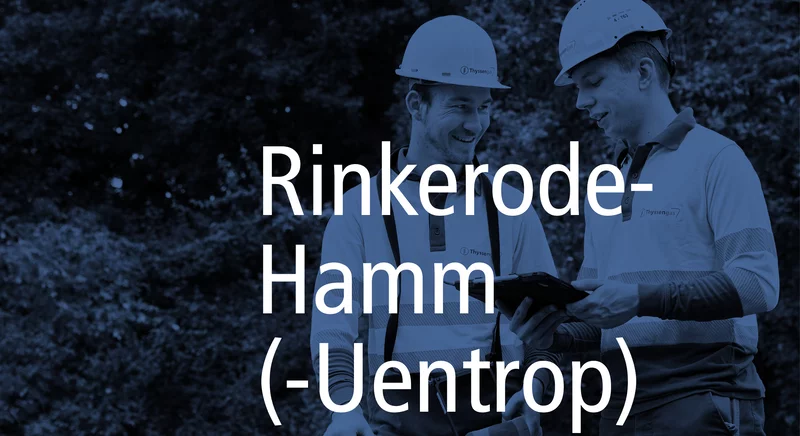
Rinkerode-Hamm(-Uentrop)
We are building a new hydrogen pipeline around 30 kilometres long between Rinkerode (Drensteinfurt) and Hamm-Uentrop.
Read more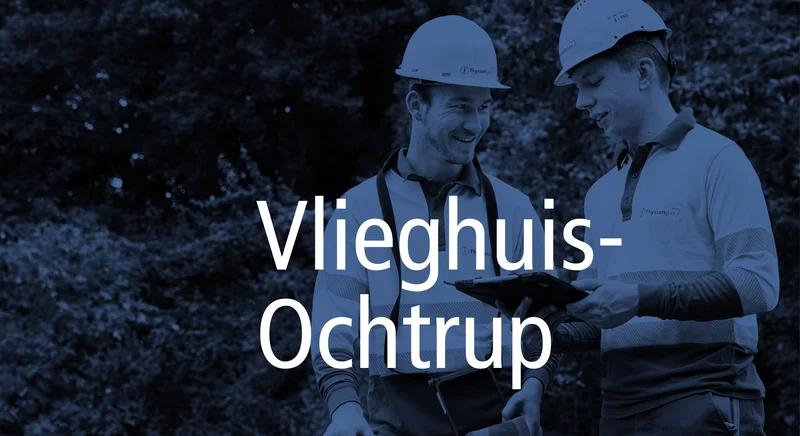
Vlieghuis-Ochtrup
The conversion of the natural gas pipeline between Vlieghuis and Ochtrup creates the first cross-border hydrogen pipeline between the Netherlands and…
Read more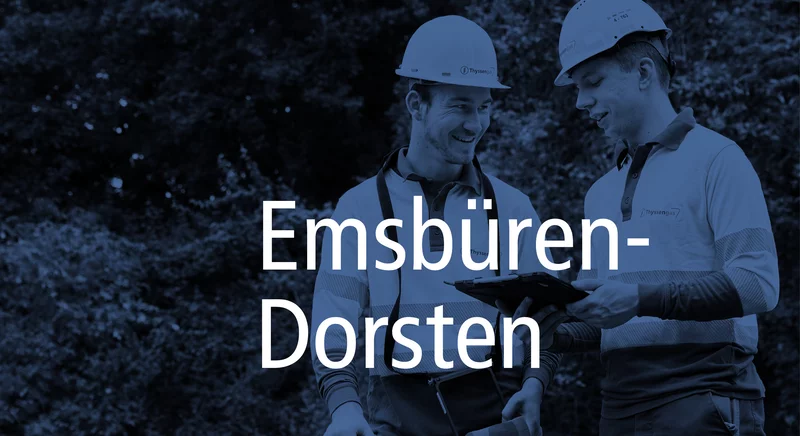
Emsbüren-Dorsten
In Lower Saxony and North Rhine-Westphalia, we are building a section of the major north-south corridor for the Germany-wide hydrogen supply of…
Read more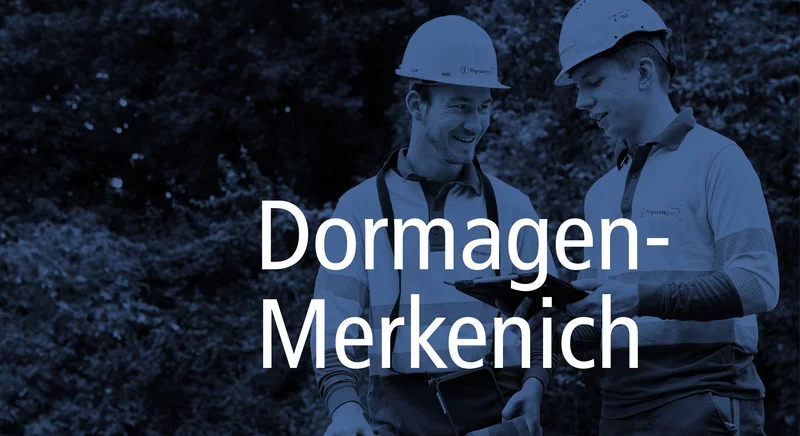
Dormagen-Merkenich
We are connecting the Dormagen and Merkenich Chemparks, among others, to the H2 core network via a hydrogen pipeline around 18 kilometres long in the…
Read moreWe are committed
GET H2 - The start of a European hydrogen economy
Together with our partners, we are committed to creating a competitive hydrogen market in the GET H2 initiative. A high-performance infrastructure is continuously being created along the entire value chain, enabling connections for all sectors and links to other hydrogen networks.
This is GET H2
T-piece
Your connection to the core network
Do you want to secure access to the core network at an early stage without making any major commitments? A so-called "T-piece" offers you this flexibility. Find out more about your T-piece on the core network here.
Download area
Important documents on network access at Thyssengas are available for download here.
To the downloads
Find your H2 partner
An overview of H2 providers:
The development of the hydrogen infrastructure plays a key role in the energy transition and requires strong partnerships and cooperation along the entire value chain!
To provide potential hydrogen customers with an initial orientation, Thyssengas provides an overview of potential hydrogen suppliers on this page. The companies listed here have registered via our registration form and thus make their contact information available to potential market participants in a transparent manner. In this way, we promote dialogue within the hydrogen industry and facilitate networking along the entire value chain. Use this opportunity to establish contacts with potential hydrogen suppliers.

Equinor ASA
H2M Eemshaven is an important enabler of the Dutch and German hydrogen value chain. It accelerates the energy transition by providing a reliable supply of 210,000 tonnes of low-carbon hydrogen per year and is crucial for achieving climate targets, security of supply and industrial decarbonisation.
EWE Hydrogen GmbH
EWE is bundling its hydrogen activities in the Clean Hydrogen Coastline programme: production with a 320 MW electrolyser in Emden, storage in a converted natural gas cavern in Huntorf and transport by pipeline. From 2027, EWE will supply green hydrogen products to industrial customers in line with demand.
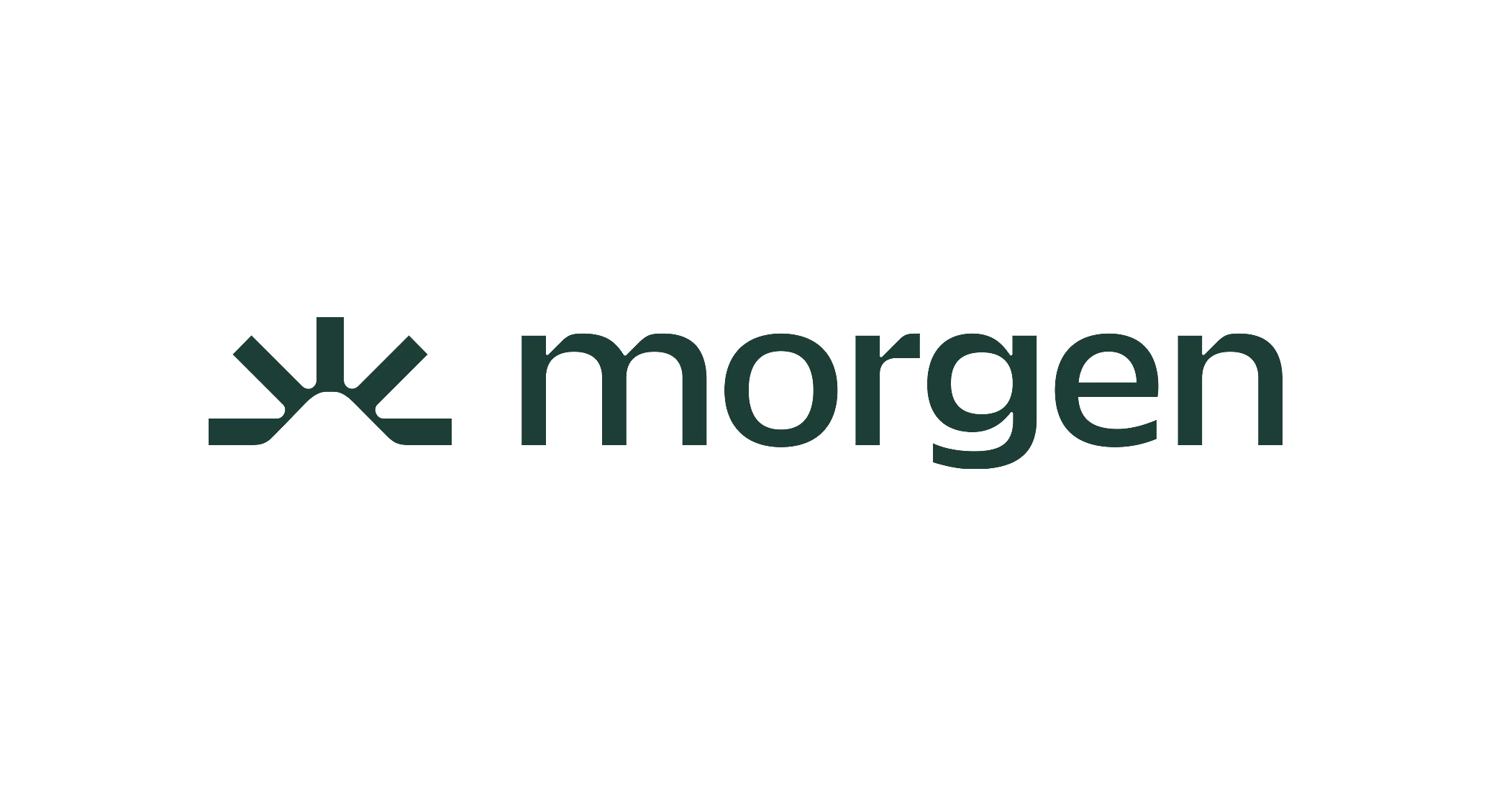
MorGen Energy AG
As part of the Trafigura group of companies, we have been developing large-scale ecosystems for green hydrogen since 2021. With Njordkraft, we are planning a production plant with a capacity of 1 GW in Esbjerg, Denmark, to supply the German market.
Another project is a 20 MW production plant in Milford Haven, UK.
steag iqony group
Experience in the planning, construction and operation of complex energy technology plants. Development of optimal concepts for the generation, storage, utilisation and transport of green, climate-neutral hydrogen. Industry and commerce as well as investors value our consulting expertise and our ability to develop concrete solutions.

Uniper SE
We develop and realise hydrogen projects in Europe and in particular in our core markets of Germany, the UK, Sweden and the Netherlands - in the areas of production, transport, storage and application - in line with the objectives of the EU and Germany. With over a decade of operational and commercial experience, we are actively shaping the emerging hydrogen market.
Would you like to offer hydrogen?
If you offer hydrogen yourself and would like to be visible on this platform, you can easily submit your contact details using the form. If you have any questions, please contact us at H2@thyssengas.com.
